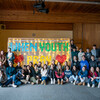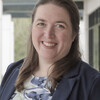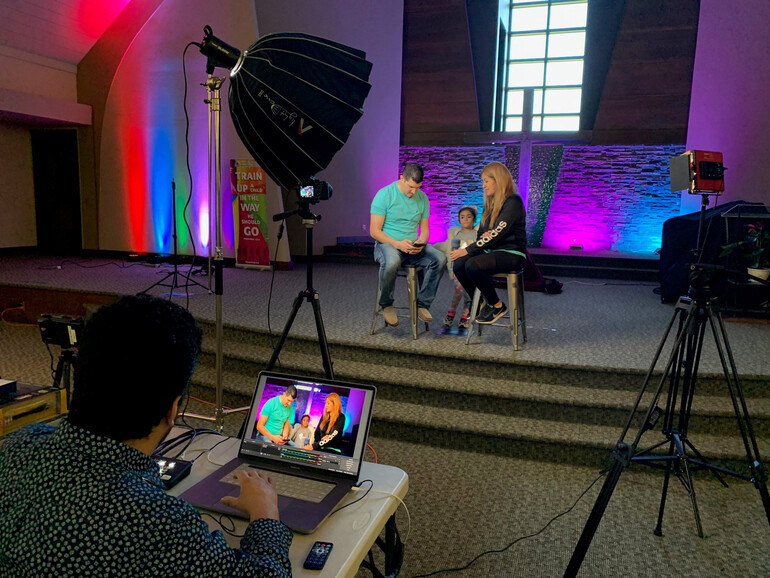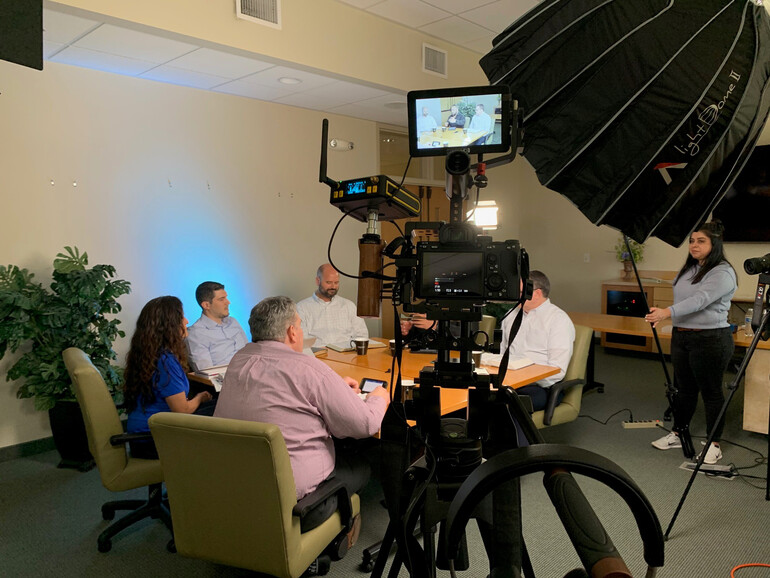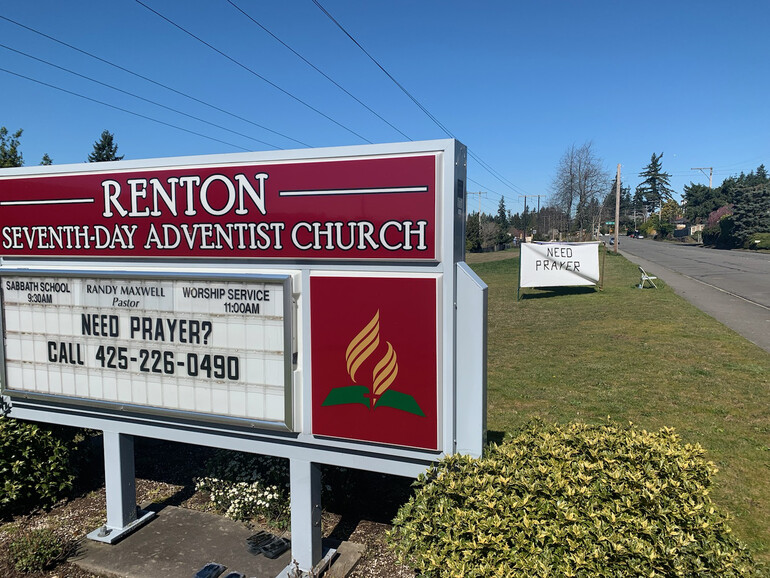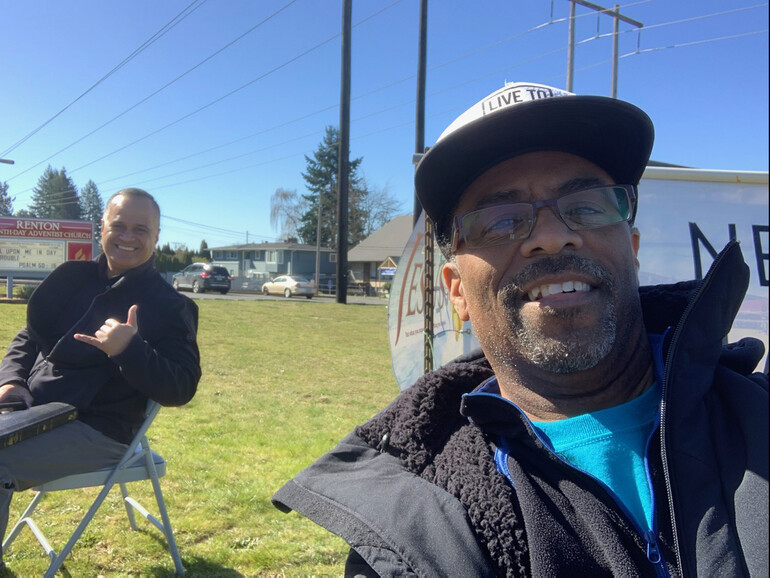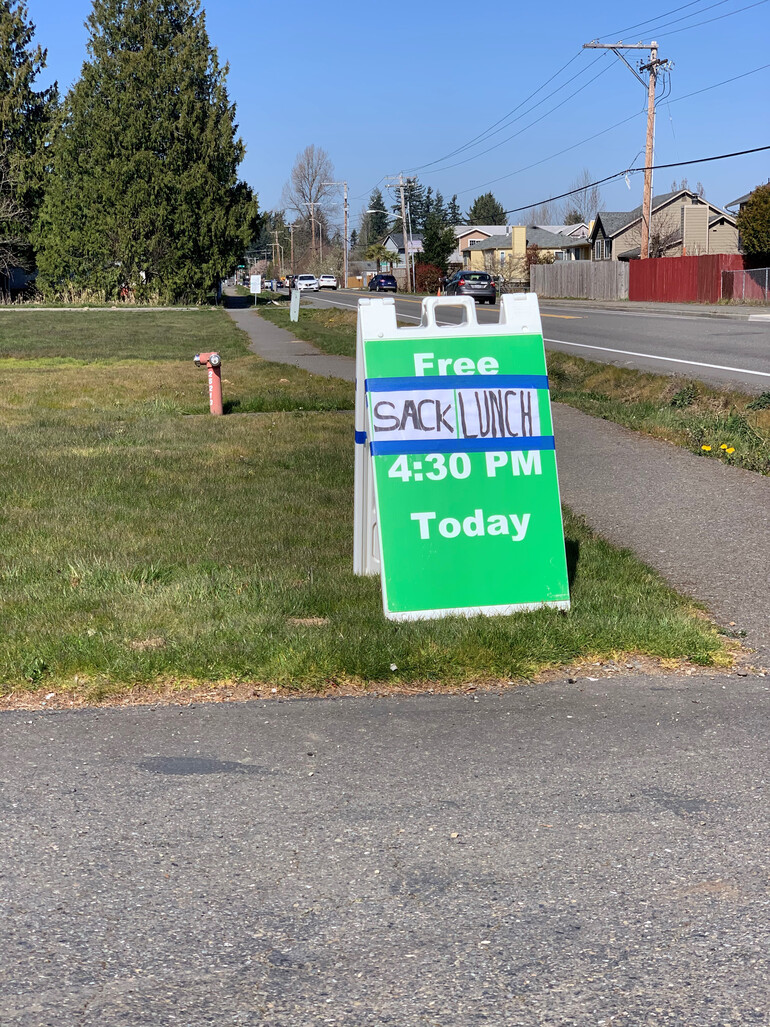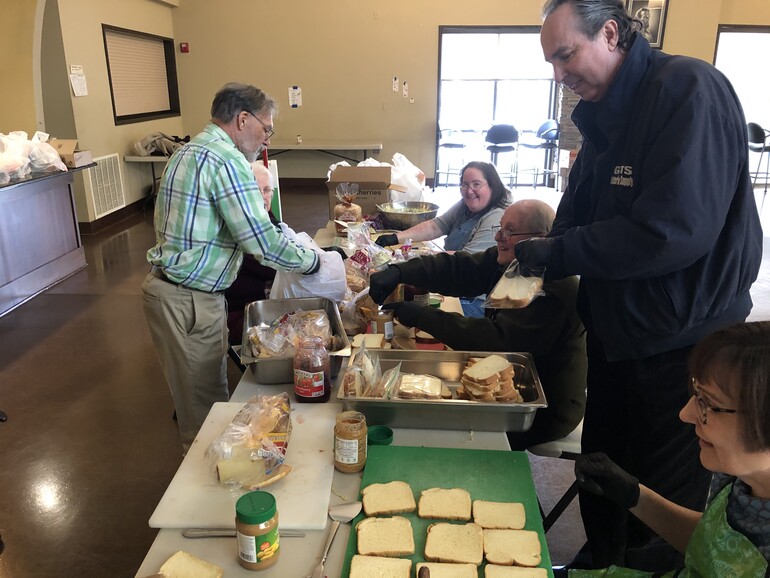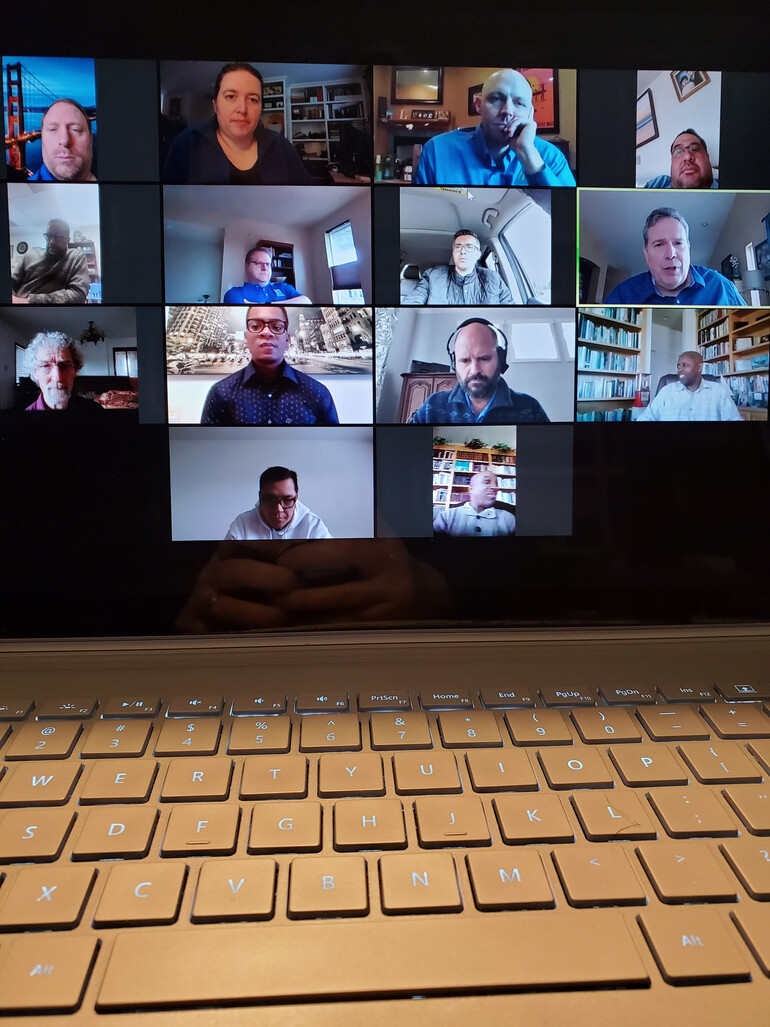Like many pastors in recent times, John Miller signed up for a Zoom video conferencing account for his district in Winlock and Onalaska, Washington. Before the first weekend of online-only services, Miller hosted a virtual prayer meeting to test out the platform.
“Nine people participated in the prayer meeting,” Miller says. “Our older members picked up well with the new technology.”
By Sabbath, the Zoom church service had 37 members from both small churches and nine guests from other locations. The Sabbath School discussion that week was on Daniel 11. “I asked one of my seminary professors to tune in and be our guest speaker,” Miller says. “It was a nice connection to have an expert on church history and Bible prophecy join us. The members loved it.”
With the social gathering and distancing requirements associated with COVID-19, Washington Conference’s pastoral, educational and ministry team are finding new ways to virtually nurture communities of faith, learning and service.
Worshipping Online
Technology adoption is one key area of virtual ministry. Over in the Port Angeles-Forks district, a member offered multicamera livestreaming software to their pastor, Ryan Wilson, so the church could continue providing messages of hope.
“It seemed to go well,” Wilson reports. “A lot of people watched the first stream, including a relative who hadn’t gone to church in five or six decades. Viewers commented how the sermon gave them a lot to think about. It was pretty cool.”
Sam Millen, Anacortes Church pastor, shares his own church’s new online service experience: “We’ve had people join us who would have never been able to join us before, like a military church member who joined us from Japan.”
At North Cascade Church, youth pastor Steven Fonseca hosted an Instagram church service for 70 young adults who tuned in.
For churches who are not livestreaming, Washington Conference is offering a new Sabbath Stream with Sabbath School at 8 a.m. and worship at noon. A Spanish service is also available. Both have positive reach and engagement, and both streams are in support of local church streams.
Praying With Faith
Washington Conference prayer ministries started hosting “Faith Over Fear” teleconferences. The first session welcomed 70–100 guests calling in from Washington, Oregon, New Mexico, Pennsylvania, Texas, Oklahoma, California, Louisiana, Tennessee and Alaska.
“These are unprecedented times that call for unprecedented faith, prayer and encouragement,” says Randy Maxwell, Renton Church pastor and conference prayer coordinator. “This is a good time for us to reexamine what it means to be a Seventh-day Adventist Christian and Christ follower in times of stress.”
Local prayer sessions by teleconference are becoming more common. Olympia Korean Church, for example, has twice daily prayer times as well as Hispanic churches in western Washington. Online spiritual encouragement is also helpful. One blog post with 44 scriptural reminders about “do not fear” received 195 social shares.
Renton and Bonney Lake churches offered a “drive through” prayer time. For Maxwell and the Renton Church, this drive-by prayer began when he accepted a challenge from a ministry mentor to contact and pray with at least three people per day.
Maxwell pulled out archived banners from previous evangelism meetings, flipped them over, and used black tape to spell out the words "Need Prayer."
He posted roadside banners outside his church, brought out a couple folding chairs and sat in front of the sign to be ready to pray with any church neighbors who needed encouragement. He also listed a call-in number on the church’s permanent message board sign. Neighbors waved in passing, called in or said, "God bless you" or "Thank you for the offer."
Telephone ministry is also being revived in church districts to reach all generations and particularly families and seniors. “Our elders divided up the directory and are calling and praying with members,” reports John Kurlinski, Bremerton Church pastor. “I also spend about two hours a day doing the same. It is being received in a very positive way.”
Learning at a Distance
The 19 Adventist schools in western Washington efficiently transitioned to distance learning programs, whether online or by paper packets, to provide continuous learning for scholars. Teachers quickly adopted new methods of instruction and interaction to aid students and parents.
“Adventist education isn’t cutting our students short,” says Craig Mattson, Washington Conference vice president for education. “Where the state is offering academic and minimum requirement waivers, Adventist education doesn’t need this because our students are still learning and meeting academic requirements.”
Feeding the Hungry
Food banks and feeding programs operated by Adventist Community Services (ACS) are continuing to meet people’s physical needs with new safety precautions in Tacoma, Grays Harbor, Kent, Maltby and other locations. Prepackaged food bags and boxes are brought to cars, for example, instead of individuals coming inside the food bank. Kent’s Neighbor-to-Neighbor program, with 30 years of history with feeding a community in need twice a week, is now offering sack lunches for pickup.
“We encouraged community service leaders to take all reasonable precautions while finding ways to continue serving their community,” says Colette Newer, Washington Conference outreach ministries director. “One need we’re finding: the need for younger volunteers. So many ACS workers fall in a high-risk category.”
Until shelter-at-home orders came in mid-March, the Essential Supplies Warehouse distributed household goods for community families who are now spending more time at home or needed home office furniture for teleworking. Ten children in one neighborhood received rideable toys to keep active at home.
“We are learning and growing together through this experience, and we see how God is reawakening ministry,” says Doug Bing, Washington Conference president. “There are many aspects of this coronavirus pandemic that make me nervous, yet there’s a lot that excites me as I see the church returning to a first-century model of ministry. We need to be praying bold prayers, renewing relationships, trusting in God, being faithful stewards and watching to see how the church will grow.”
